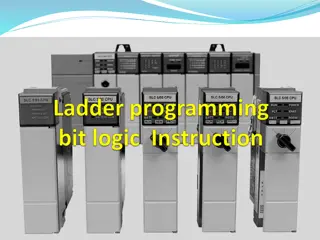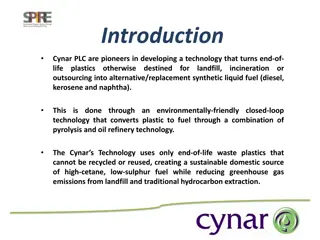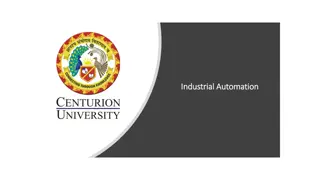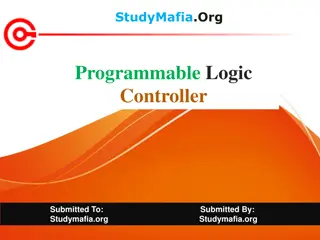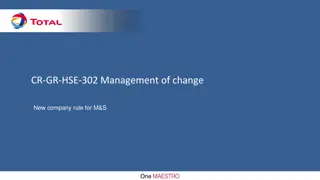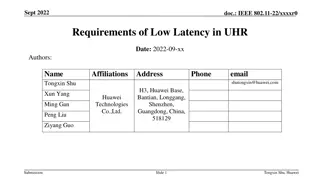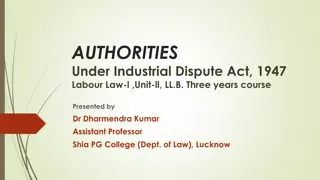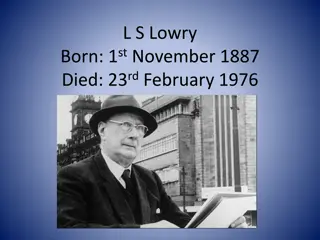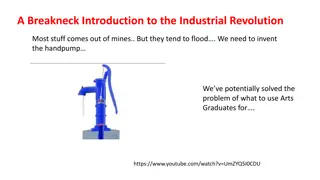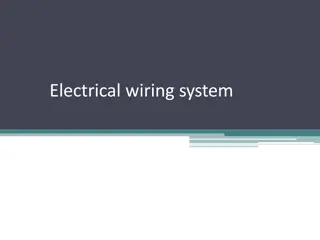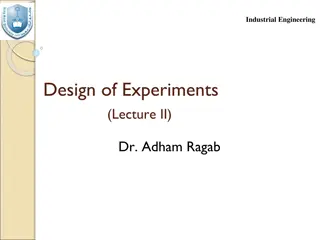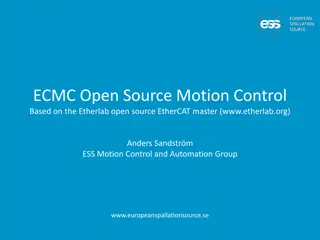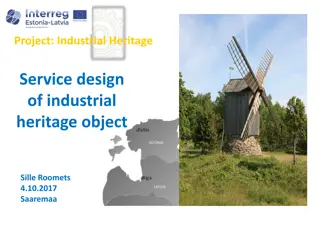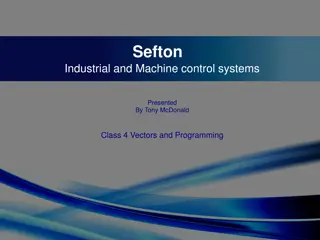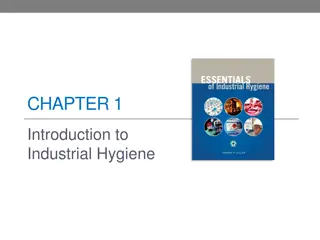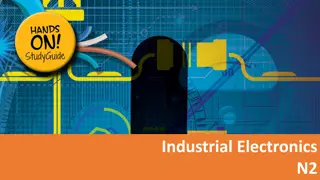Understanding PLC Parts Service Life and Challenges in Industrial Installations
Explore the concepts of PLC parts service life, challenges faced in determining reliability, estimating service life, migration timing, and strategies to prolong equipment lifespan. Learn about life cycle stages, service life definitions, failure rates, MTBF, and ways to extend service life through maintenance practices.
Download Presentation

Please find below an Image/Link to download the presentation.
The content on the website is provided AS IS for your information and personal use only. It may not be sold, licensed, or shared on other websites without obtaining consent from the author. Download presentation by click this link. If you encounter any issues during the download, it is possible that the publisher has removed the file from their server.
E N D
Presentation Transcript
CHALLENGES How can I determine whether my installation is reliable or not? How can estimate the service life? When should I migrate and why? What can I do to delay the end of life? 2
CONCEPTS AND DEFINITIONS LIFE CYCLE: WIKIPEDIA: The stages in the lifespan of a commercial product. It describes the stages a product goes through from when it was first thought of until it finally is removed from the market. Not all products reach this final stage. Some continue to grow and others rise and fall. (Concept, planning, Execution, growth, maturity, decline). SERVICE LIFE: A product's service life is its expected lifetime, or the acceptable period of use in service. It is the time that any manufactured item can be expected to be 'serviceable' or supported by its manufacturer . 3
SERVICE LIFE ENDS AT THE BEGINNING OF WEAR OUT PHASE Service Life 5
CONCEPTS AND DEFINITIONS MTBF: Mean time between failures (MTBF) is the predicted elapsed time between inherent failures of a system during operation. MTBF can be calculated as the arithmetic mean (average) time between failures of a system. The MTBF is typically part of a model that assumes the failed system is immediately repaired. MTTF: Mean time to failure. It measures average time to failures with the modelling assumption that the failed system is not repaired (infinite repair time). 6
MTBF APPLIES IN THE PHASE OF RANDOM FAILURES ONLY 7
THREE LEVELS TO EXTEND SERVICE LIFE FROM CORRECTIVE MAINTENANCE 8
THREE LEVELS TO EXTEND SERVICE LIFE AND PREVENTING MAINTENANCE 9
THREE LEVELS TO EXTEND SERVICE LIFE TO MIGRATION 10
AVERAGE LIFE SPAN OF HARDWARE IN AUTOMATION SYSTEMS Calculation constraints: No available data about wear&tear of electronic equipment Extrapolation of available statistical data Correction factor from the manufacturer 11
AVERAGE LIFE SPAN OF HARDWARE IN SIEMENS AUTOMATION SYSTEMS ABOUT 5-7 years for HMI 12 years for PLC (CPU, FM, CP) 16 years for I/Os 16 years for Power supplies (not batteries) 12
MIGRATION STRATEGY FACTORS Predicted product service life. Most important factor. Estimate of time that the product will work without an increment of probability of failure. Evaluation of the ability to repair Estimate of available resources and time needed to overcome a failure. A low ability to repair implies necessarily a conservative replacement strategy. Effort and cost in case of production downtime Estimate of the impact of failure on the installation in terms of cost associated to the production downtime and effort to re-establish nominal conditions. Dependencies and compatibly with extensions (evolution) This factor comprises the evaluation of compatibility constraints due to technology evolution of an old installation as well as compatibility constraints of the new technology chosen in case of migration. Spare parts availability Relationship between service life and product life. Successors availability and compatibility Compatibility and integration effort of the new technology into the remaining subsystems. Service availability due to aging workforce. Not only the technologies become out-phased but also the workforce required to maintain it. A good migration strategy takes into account the status of the workforce concerning the new technology and its ability to adapt. 13
OBSOLESCENCE STUDY@CERN. THE DSS USE CASE DSS. Detector safety system. LHC experiments equipment protection. Highly critical 7 systems in production Commissioned in 2004. Based on redundant Siemens S7-400 CPU + S7-300 IO modules in Profibus 14
OBSOLESCENCE STUDY@CERN. THE DSS USE CASE Predicted product service life. End of service life. Evaluation of the ability to repair. Low impact Spare parts onsite repository. Stand-by service. Experts on call. Effort and cost in case of production downtime. Very high impact Estimate of the impact of failure on the installation in terms of cost associated to the production downtime and effort to re-establish nominal conditions. Dependencies and compatibly with extensions (evolution). Low impact No major dependencies with other systems. Spare parts availability. High Impact S7-400 OK. S7-300 to be discontinued soon. Successors availability and compatibility. Average impact CPUs fully compatible. S7-1500 IO modules average compatibility . New Profinet network. Service availability due to aging workforce. Low Impact Team renewed. Similar technologies 15




